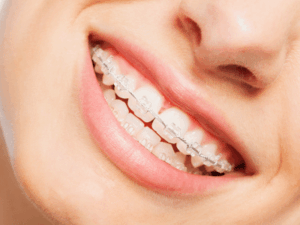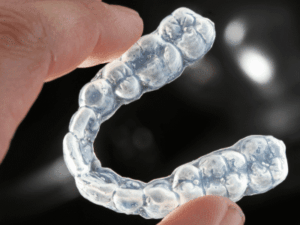
Fresh Breath Tips for Braces and Invisalign
Undergoing orthodontic treatment with braces or Invisalign is an exciting step toward a perfect smile. However, one common challenge many patients face is maintaining fresh breath. With braces, food particles can easily get trapped, while Invisalign aligners can harbor bacteria if not cleaned properly. Fortunately, with the right oral care routine, you can keep your breath fresh and

5 Essential Tips for Keeping Your Braces Clean
Maintaining excellent oral hygiene with braces doesn’t have to be complicated, but it does take a little extra effort! With brackets and wires creating new spaces for food to get trapped, keeping your teeth clean requires a few simple adjustments to your routine. The good news? Achieving a healthy, beautiful smile during your orthodontic treatment is absolutely possible
Why More Adults Are Choosing Braces
For many years, braces have been associated with kids and teenagers. However, that perception is changing rapidly! More adults than ever are making the choice to invest in their smiles through orthodontic treatment. According to the American Association of Orthodontists, adult orthodontic patients have reached record numbers. But what’s behind this growing trend? Adults are recognizing the incredible

Caring For Your Smile Between Orthodontic Visits
Taking care of your teeth is just as important between orthodontic visits as it is when you’re at the orthodontist’s office. Whether you’re wearing braces, or aligners keeping up with your oral hygiene is crucial to ensuring your treatment stays on track. Here are some helpful tips to care for your smile between visits to Greater Houston Orthodontics

How Long Do You Have to Wear Invisalign?
Invisalign is a popular way to straighten teeth without the need for traditional metal braces. With clear aligners, you can smile confidently while working towards a straighter smile. If you’re thinking about getting Invisalign, you may be wondering: How long will I need to wear Invisalign? The answer depends on your unique dental needs, but treatment can last

Why Straight Teeth Matter for Your Health
Did you know that straightening your teeth can also improve your overall health? At Greater Houston Orthodontics, we’ve seen firsthand how orthodontic treatment can enhance not only appearance but also well-being. In fact, crooked teeth and poor oral health are linked to serious conditions such as high blood pressure, strokes, and even heart disease. By correcting misaligned teeth,
